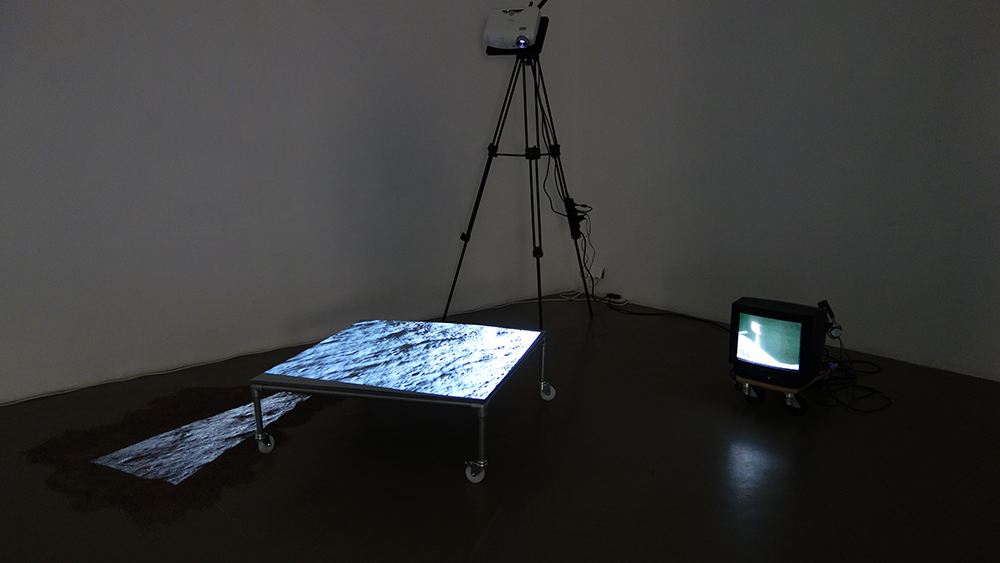
In 1972, the Apollo 17 mission to the Moon included the first scientist-astronaut, Harrison Schmitt, with a PhD in Geology. The installation will include original footage of Schmitt's regolith discoveries in the volcanic Taurus-Littrow Valley, contrasted with footage from recent LROC lunar flyovers projected onto ground basalt.
The lunar regolith is primarily composed of basaltic and anorthositic rock, disintegrated through continuous bombardment by interstellar charged atomic particles and meteoric impacts. Technological advancements in cameras can make the lunar surface seem less real, or rather more virtual than the hazy 1972 footage. Schmitt's zero-gravity excitement at finding orange soil is palpable through the grainy moon-dust covered camera lens.
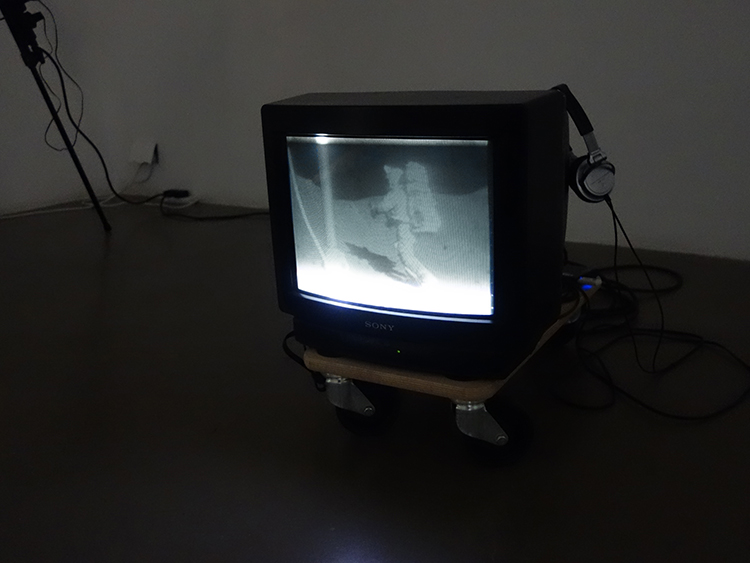 |
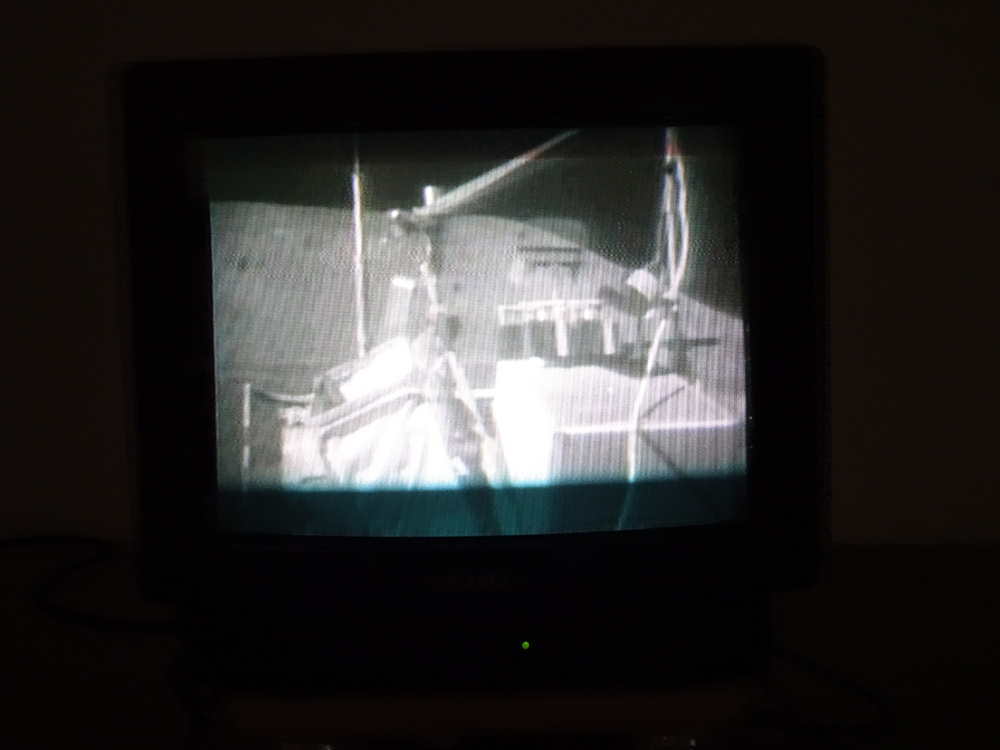 |
|
The Outer Space Treaty of 1967 claims that all outer space is an international commons and it forbids all nations from claiming territorial sovereignty. The Moon Treaty of 1979 states that 'the Moon and its natural resources are the common heritage of mankind and that an international regime should be established to govern the exploitation of such resources when such exploitation is about to become feasible' (http://www.unoosa.org). Yet since 2017, Trump's agency review team (ART) have been in discussion with NASA about mining possibilities.
|
|
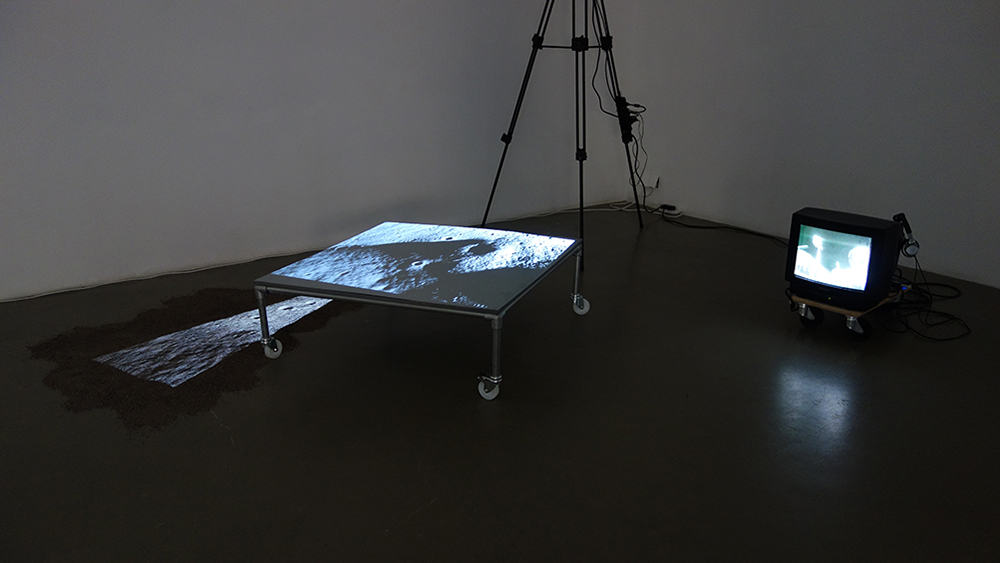 |
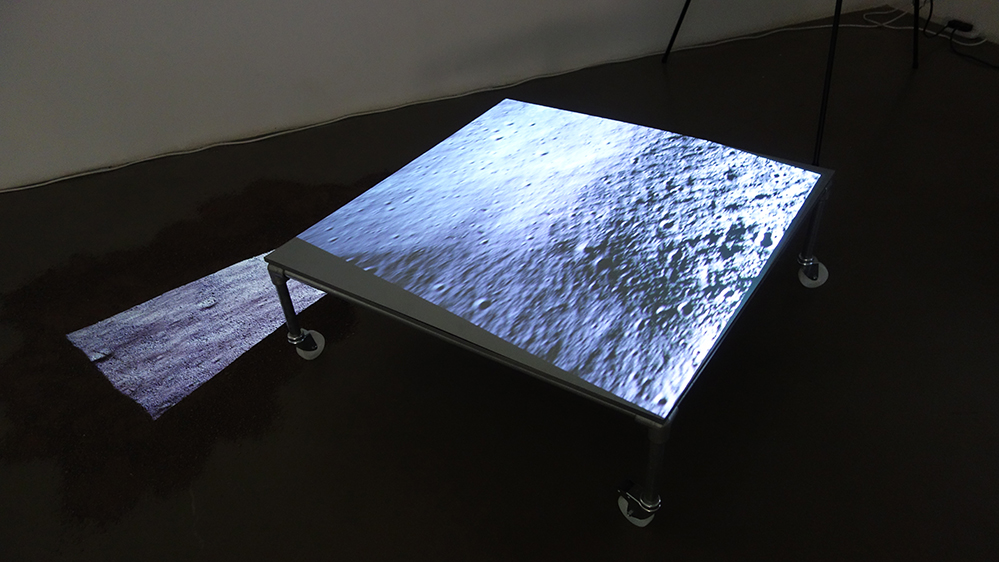 |
|
Trump's resistance to the globally agreed aims of both treaties, through potential commodification of the Moon’s assets, resonates with aspects of the Permittivity of Free Space i.e. the resistance that material has to the flow of electricity and also applies to the vacuum of space.
|
|
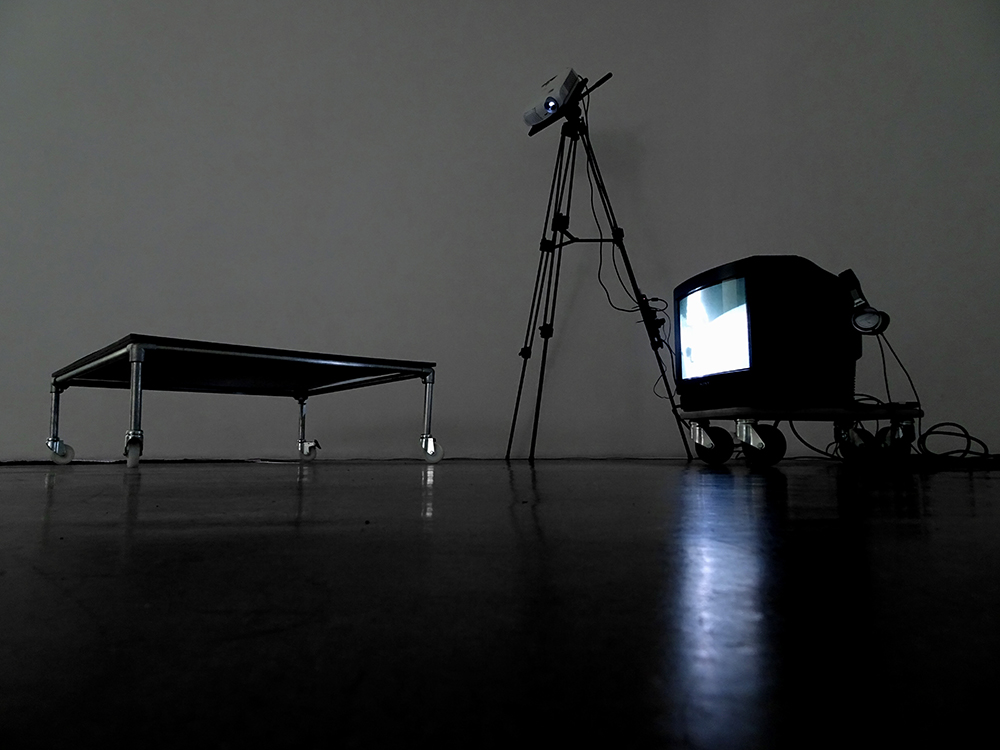 |
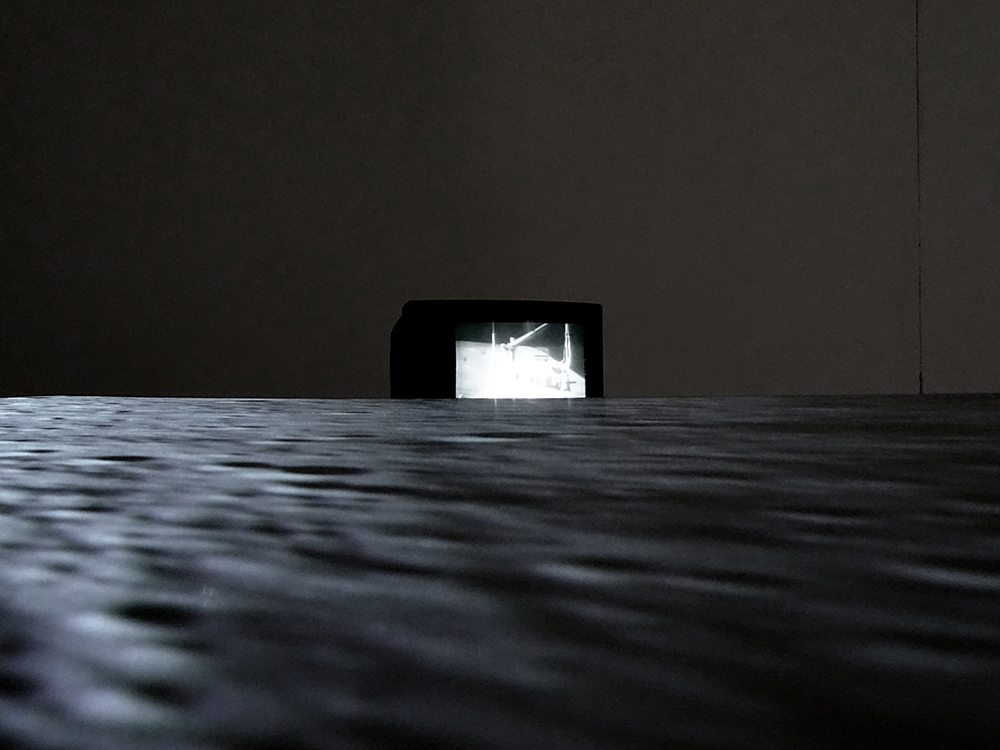 |
|
Curatorial concept co-developed by India Gabb, Paul Malone, Nicola Rae, Lucy Wheeler, Zoe Wheeler
The title of this exhibition refers to the resistance that material has to the flow of electricity - a principle that also applies to the vacuum of space. The exhibition attempts to align this concept to the process of curatorial practice in which each artist also becomes a co-curator. It is our intention is to allow for the progressive migration of art works within the space, as well as the potential for change over two weeks. These translocations are intended to alter perception of the works as well as of the gallery space itself. By taking transitory and sequential ownership of the space, the participating artists engage in creating alternative meanings in ways that allow agency. Through discussions and experiment, the artworks will be moved around the gallery through the use of wheels, skids, tripods, platforms, mobile projections and virtual reality. The structure of the gallery becomes a site of freedom of movement resisting fixed notions of meaning. Interfaces act as membranes in which ideas and archives from online communities can permeate into real and physical manifestations. We intend to address this by accessing open source concepts in the creation of installations and utilize materials harvested from the locality. The aim is to transfer our ideas into this specific location and so relate to the everyday inhabitance of a space. We would like to create an open system in which ideas permeate between the artists and surrounding community.
Co-curators - week 1: Serena Amrein - Nayan Kulkarni - Paul Malone - Nicola Rae - Steven Scott
|
|
|
Artists : Serena Amrein - Alexandra Dementieva - India Gabb - Nayan Kulkarni - Paul Malone -
Doron Polak - Nicola Rae - Lorent Rezari - Steven Scott - Lucy Wheeler - Zoe Wheeler.
Exhibition website: http://www.cipango.co.uk/permittivity/index.html
|
|
|
|
|
|
|
|
|
|
|